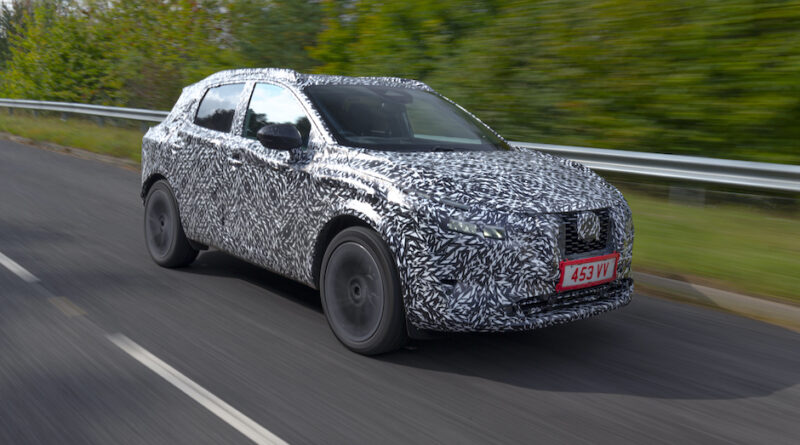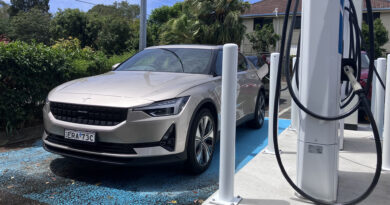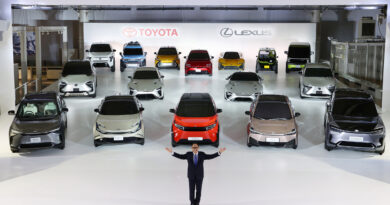EV driving, petrol backup: Nissan details e-Power for 2021
The new Nissan e-Power hybrid drivetrain is taking shape with the company releasing details of its major EV play set to arrive in Australia late in 2021 or early 2022.
The new e-Power system will debut in the next generation Nissan Qashqai that is expected to break cover early in 2021.
Describing it as a “unique approach to electrification”, Nissan says its first iteration of e-Power has a 140kW electric motor driving the front wheels.
There is also a petrol engine, but it’s purely used as a generator to supply electricity to the motor.
The driving experience is claimed to be identical to that of an EV, with near-instant torque delivery.
Instead of a bank of batteries – the most expensive component in an electric car – there is a smaller battery pack (Nissan hasn’t confirmed the size yet) that presumably also keeps the overall vehicle weight down.
The petrol engine is a 1.5-litre four-cylinder engine tuned for duties as a generator. Utilising the variable compression ratio technology initially developed for Nissan’s recently departed luxury brand Infiniti, the 1.5-litre engine makes 115kW.
As you can see, the electric motor can use up to 140kW – more than the petrol engine can produce – which seems to be why there is a battery pack onboard.
If you’re flat on the accelerator constantly then theoretically the batteries could be drained and the car will be down on power – similar to what happens in a BMW i3 Rex – but in regular driving the car promises to manage charging rates and engine outputs to ensure seamless electric propulsion.

The batteries will also be able to supply electricity faster than the petrol engine can spin up to generate it.
Nissan describes e-Power as “a unique solution that combines the enjoyable, seamless linear acceleration which is characteristic of an EV, but without the need for charging”.
Two cars that are similar to the e-Power solution are the BMW i3 Rex and Chevrolet Volt that was briefly sold in Australia as a Holden Volt.
However, whereas they used existing engines – the BMW has a motorbike engine and the Holden/Chevrolet used the 1.4-litre four-cylinder from various small cars – the Qashqai e-Power system is specially tuned for life as a generator. It’s claimed to run at lower revs than regular petrol engines and is very quiet, “much like a full EV”.
“The e-Power system offers the best transition technology between ICE and EV, allowing users to enjoy exhilarating EV driving sensations and impressive efficiency at an affordable price point,” said David Moss, region senior vice president research and development, Africa, Middle East, India, Europe and Oceania (AMIEO).
“We’re really looking forward to customers experiencing the thrill of new Qashqai’s superior electrified driving performance – it’s a perfect expression of Nissan Intelligent Mobility.”
There are three driving modes for the e-Power system: Eco, Standard and Sport.
Like the Nissan Leaf – which will soon be replaced in Australia with the Nissan Leaf e+ – there’s also a B mode to increase the regenerative braking to allow for more single-pedal driving.
Nissan boasts the e-Power never needs to be charged, although it obviously needs to be refuelled.
Think of it as a halfway house between traditional ICE cars and electric vehicles.
While it relies purely on fossil fuels for propulsion – just like all the Toyota hybrids sold in Australia – it promises to use less of it while still providing an EV driving experience.
There’s no waiting around for recharging, with petrol stations providing all the propulsion e-Power requires.
The Qashqai e-Power will go on sale globally in 2021.
Nissan Australia is not saying anything for now, although given the increasing interest in EVs in Australia and previous comments, it seems e-Power is a matter of when not if.
Expect it in Australia as early as late 2021.




